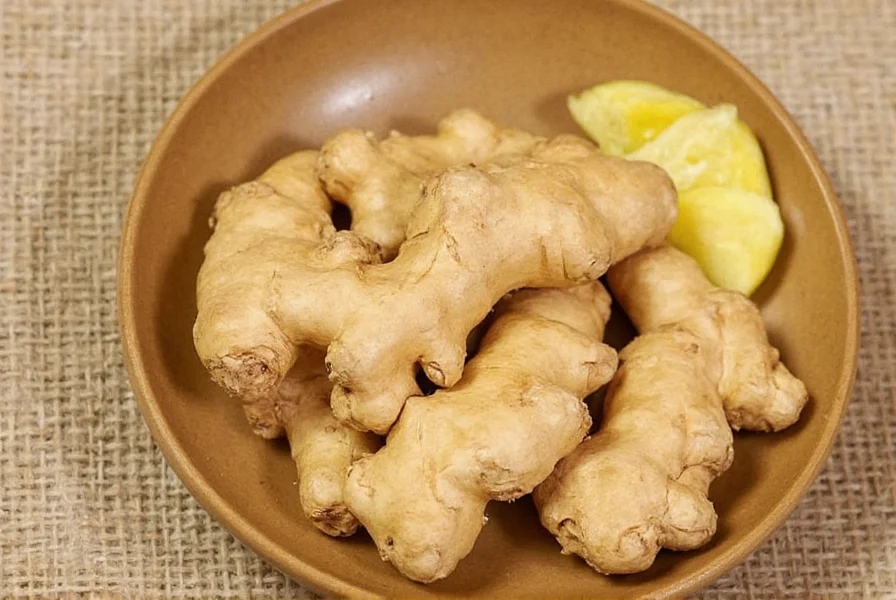When exploring natural remedies for digestive discomfort, many people encounter Rogers Ginger as a specialized solution. This concentrated extract stands apart from regular ginger supplements due to its specific formulation and historical use in natural medicine practices. Understanding what makes Rogers Ginger unique requires examining its composition, applications, and how it compares to other ginger-based products available today.
What Exactly Is Rogers Ginger?
Rogers Ginger represents a specific formulation of ginger extract that has been used in natural medicine for decades. Unlike generic ginger supplements, this product contains a standardized concentration of gingerols—the bioactive compounds responsible for ginger's therapeutic effects. The extract typically comes in liquid form, allowing for precise dosing and rapid absorption compared to capsules or fresh ginger.
Manufactured through a careful extraction process, Rogers Ginger maintains consistent potency across batches, which is crucial for reliable results. This standardization addresses a common issue with natural remedies where potency can vary significantly between products or even between harvests of the same plant.

Key Components and Formulation
The effectiveness of rogers ginger extract benefits stems from its specific composition. Each milliliter typically contains:
| Component | Concentration | Role in Therapeutic Effects |
|---|---|---|
| Gingerols (6-gingerol, 8-gingerol, 10-gingerol) | Standardized to 5% minimum | Primary anti-nausea and anti-inflammatory compounds |
| Shogaols | Naturally occurring | Enhanced potency compounds formed during extraction |
| Carrier base (typically alcohol) | Approximately 45-50% | Preservation and improved absorption |
This precise formulation delivers what many users seek when searching for rogers ginger supplement facts. The alcohol base, while surprising to some, actually enhances the extraction of beneficial compounds and extends shelf life without requiring artificial preservatives.
Common Applications and Evidence
Research on ginger's therapeutic properties supports many of the traditional uses of rogers ginger extract for nausea relief. Clinical studies have demonstrated ginger's effectiveness for:
- Motion sickness prevention (dosage of 1-2 mL taken 30 minutes before travel)
- Morning sickness during pregnancy (under healthcare provider guidance)
- Post-operative nausea management
- Digestive discomfort and bloating
- Mild anti-inflammatory support
When considering what is rogers ginger used for, it's important to understand that this product delivers concentrated benefits not always achievable with culinary ginger. The standardized extract provides consistent dosing, which explains why many users report better results with rogers ginger dosage information followed precisely compared to homemade ginger teas or generic supplements.
How Rogers Ginger Compares to Other Ginger Products
Not all ginger products deliver the same therapeutic value. Understanding the differences helps explain why some users specifically seek rogers ginger extract benefits:
- Fresh ginger root: Contains variable concentrations of active compounds (0.5-3% gingerols) depending on growing conditions and freshness
- Dried ginger powder: Potency decreases over time; typically contains 1-2% gingerols
- Standardized ginger supplements: Usually contain 1-2% gingerols; absorption can be inconsistent
- Rogers Ginger extract: Contains minimum 5% standardized gingerols with rapid absorption
This comparison highlights why individuals researching ginger extract vs fresh ginger often find the concentrated extract more reliable for therapeutic purposes. The higher concentration means smaller doses deliver significant effects, making it particularly valuable for those needing quick relief from nausea or digestive issues.
Practical Usage Guidelines
For those incorporating rogers ginger into their wellness routine, proper usage makes a significant difference in results. The typical dosage ranges from 0.5 to 2 mL, depending on the condition being addressed:
- Motion sickness: 1-2 mL taken 30 minutes before travel
- Digestive discomfort: 0.5-1 mL after meals
- General wellness support: 0.5 mL daily
The liquid format allows for precise adjustment of dosage, which is particularly valuable when addressing what is rogers ginger used for in different situations. Many users find mixing the extract with warm water or tea improves palatability while maintaining effectiveness.

Important Considerations
While generally well-tolerated, rogers ginger side effects are possible, particularly at higher doses. Some users may experience:
- Mild heartburn or gastric irritation
- Increased risk of bleeding when combined with blood thinners
- Potential interactions with diabetes medications
Pregnant women should consult healthcare providers before using concentrated ginger extracts, despite ginger's traditional use for morning sickness. Those with gallstone issues should also exercise caution, as ginger can stimulate bile production.
Storage matters for maintaining potency—keep Rogers Ginger in a cool, dark place and ensure the bottle is tightly sealed after each use. Properly stored, the extract maintains effectiveness for 2-3 years, though potency gradually decreases over time.











 浙公网安备
33010002000092号
浙公网安备
33010002000092号 浙B2-20120091-4
浙B2-20120091-4